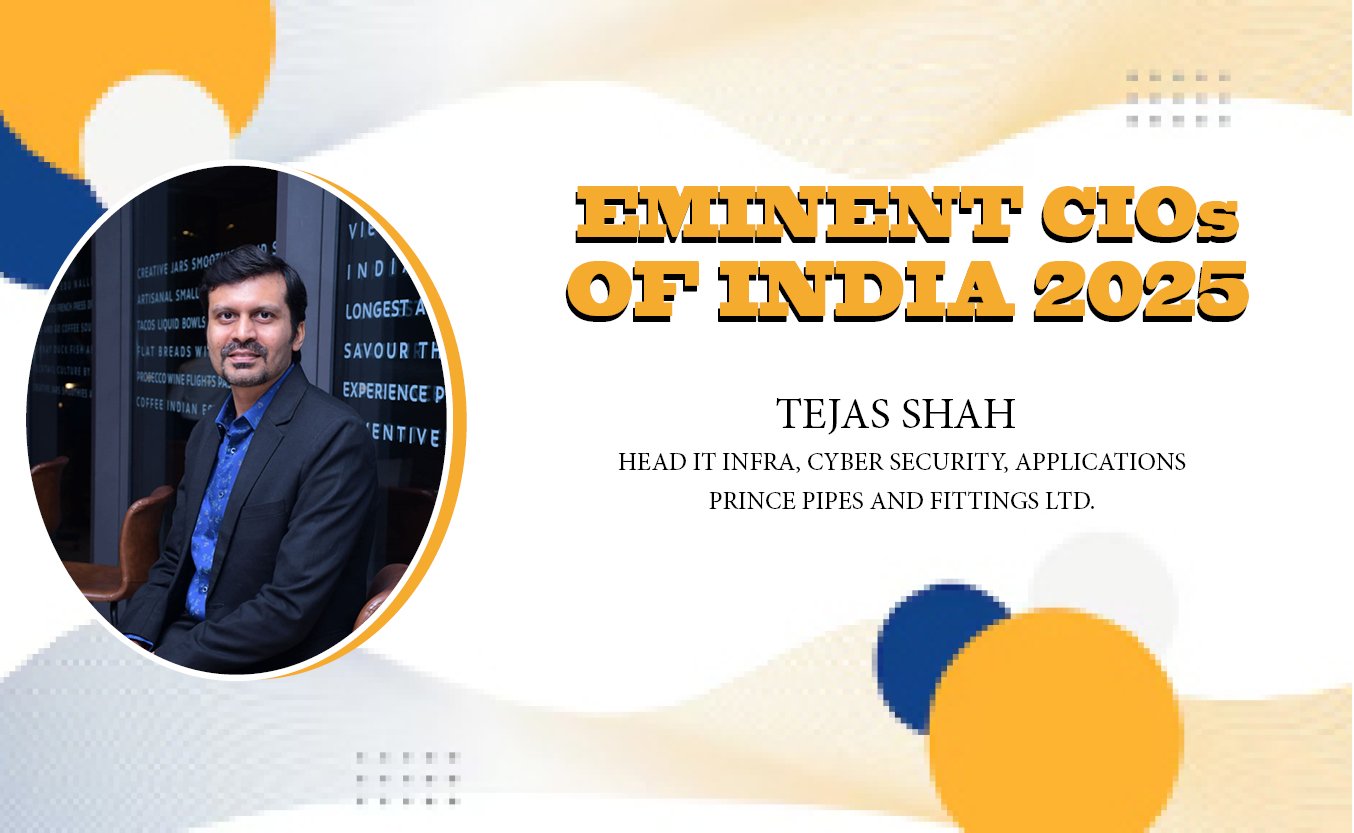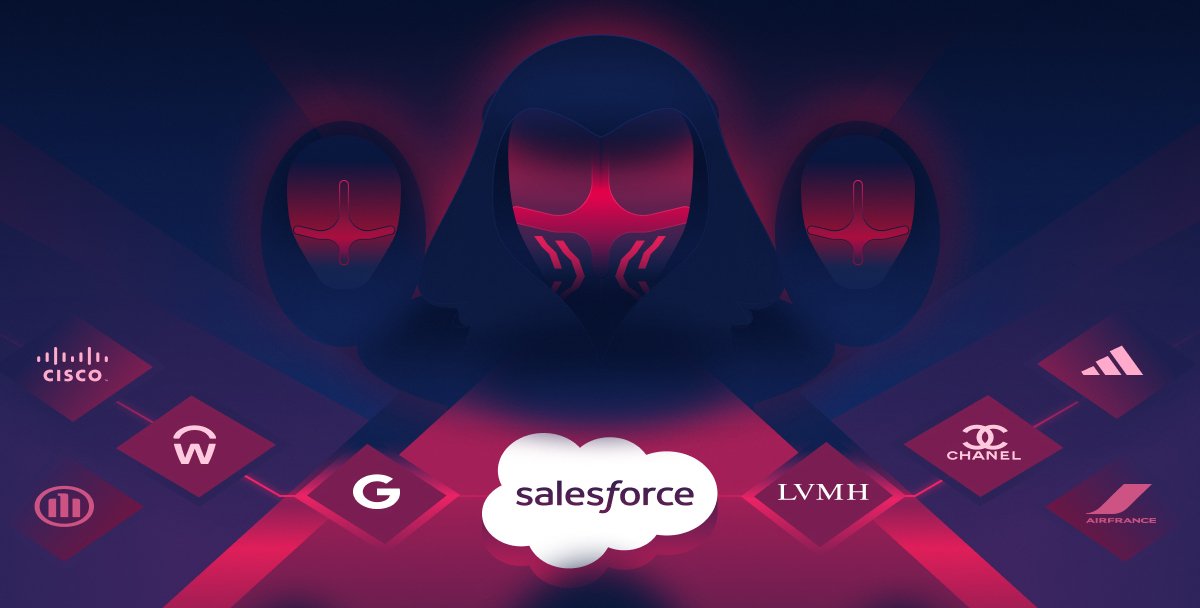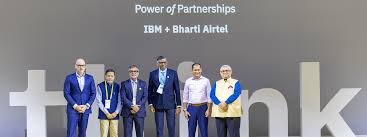Tejas Shah, Head IT Infra, Cyber Security, Applications, PRINCE Pipes and Fittings Ltd.
As we move through 2025, enterprises are navigating an increasingly complex technology landscape. Several trends are emerging as central to driving resilience, efficiency, and strategic alignment within organizations.
◆ Digital Workplace Evolution remains at the forefront. With remote and hybrid work models now permanent fixtures, organizations are investing in collaboration platforms, cloud-based tools, and digital employee experience solutions that support productivity and engagement from anywhere.
◆ Multi-Cloud Strategies are being adopted to mitigate economic pressures while ensuring agility and operational continuity. Companies are no longer relying on a single cloud vendor but are spreading workloads across platforms to boost resilience and reduce vendor lock-in.
◆ Observability is another vital trend. Real-time monitoring and data insights across systems enable IT teams to proactively detect anomalies, optimize performance, and ensure uptime, thus supporting business continuity and improving customer experiences.
◆ Cybersecurity and Zero Trust Architecture are no longer optional—they’re critical. With the rise in ransomware and sophisticated cyber threats, a zero-trust approach—where nothing is trusted by default—ensures that identity verification, data protection, and access control are embedded in all systems.
Tech Leaders as Strategic Business Enablers
Modern technology leaders are evolving from IT operators to strategic enablers who shape business direction and innovation. They are aligning IT roadmaps with business goals, ensuring every technology investment drives measurable outcomes. Digital Transformation Leadership is core to this shift. CIOs and CTOs are leading the charge in adopting AI, cloud computing, and robust cybersecurity frameworks to enhance operational efficiency and spark innovation.
They are now key players in business strategy development, bringing a technology lens to boardroom discussions and influencing long-term growth planning. Their insights into emerging tools help shape company strategy in an increasingly digital-first world. A customer-centric focus also defines this new leadership paradigm. From personalized digital services to seamless engagement tools, technology is being used to enhance customer satisfaction and loyalty.
To embed a security-first culture, organizations are taking practical steps:
◆ Regular awareness mailers
◆ Cybersecurity workshops and training sessions
◆ Certification assessments
◆ Clear communication of basic security policies
Roles like CIO, CTO, CISO, and DPO are increasingly integrated, working together across departments to drive innovation, data compliance, and resilience. While DPO duties can sometimes overlap with other leadership roles, maintaining a dedicated DPO ensures focused attention on data privacy and regulatory compliance.






